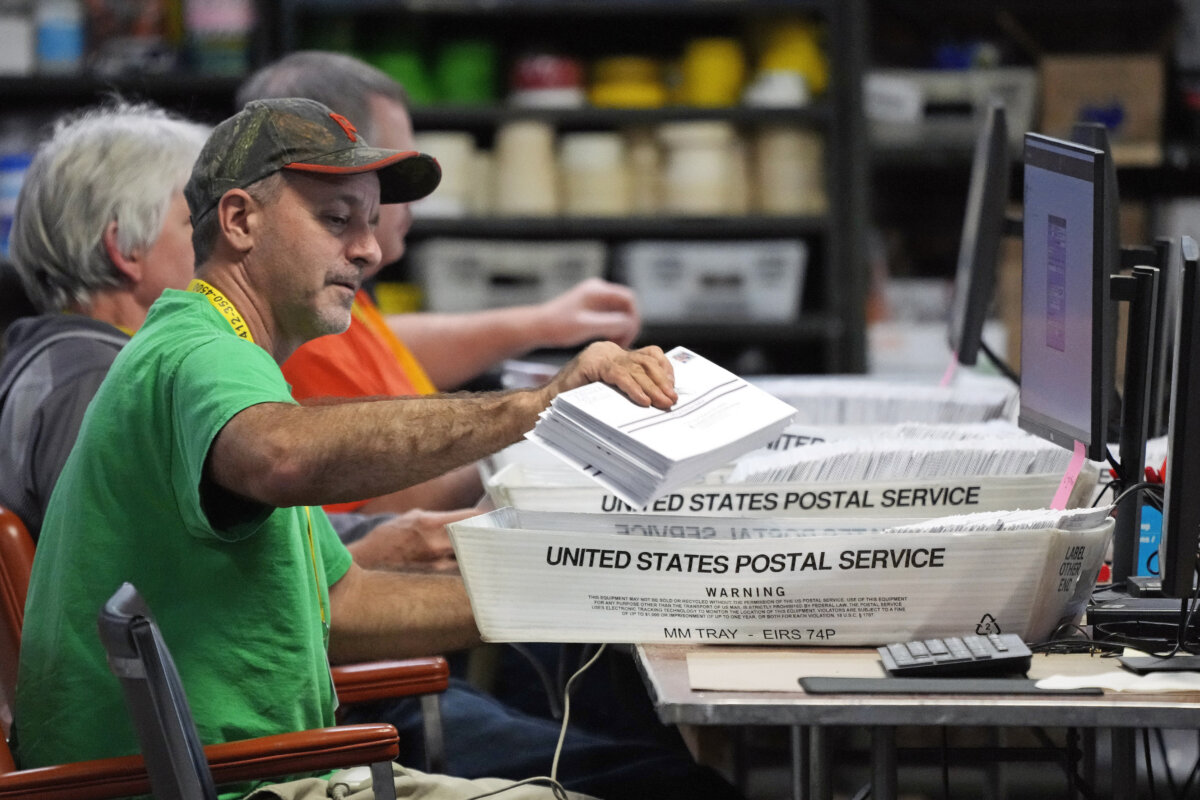In May I mentioned I was moving in search of the perfect location, and on most counts the place I found is hard to beat. It also provides a lesson on transit-oriented development.
Transit-wise, it’s two blocks from the nearest subway entrance with four buses running down the street. The apartment itself is a comfy 300-square-foot loft. Over one fantastic restaurant and a few paces from another, it’s the perfect spot for a pair of urban transit riders — with one major caveat.
There’s no mould or critter problem, but everyone in the building suffers from an infestation nonetheless: The street is lousy with cars, trucks, and buses. Approximately 25,000 of them roll by our windows daily, coating the sill with soot and filling the loft with smoke.
Shortly after moving in, I began to develop a pretty nasty cough. We quickly realized the windows had to stay shut during the day and an air purifier was a necessity. It’s a pretty noisy machine, but as a side benefit it tends to wash out the traffic noise at night.
Traffic, frustratingly enough, is a common issue in the areas best served by transit. The usual response is complete detachment from the street, with bedrooms in back, thick walls, and sealed windows. These effects, along with a shrinking sense of home territory and a loss of friends, were famously documented by Donald Appleyard.
To argue we’ve brought this on ourselves is to ignore that we’re trying to minimize our impacts on others. The solution to being overrun by cars can’t be to drive one yourself. If Edmonton is to become more transit oriented, we can’t continue to give cars priority over people.
At the same time, we need to acknowledge that diesel buses aren’t good neighbours either.
Trolleys were tarred as environmentally unfriendly by fixating on emissions at the stack and forgetting the silence and clean air where people live and breathe.
The key point is power plants are best sited as far away from people as possible. The same, I’d argue, goes for cars as well. While transit needs to run where the people are, there’s still a lesson to be learned here.
Simply adding more people and more buses isn’t going to cut it. It’s going to take design — more than density — to make the result truly livable.
















